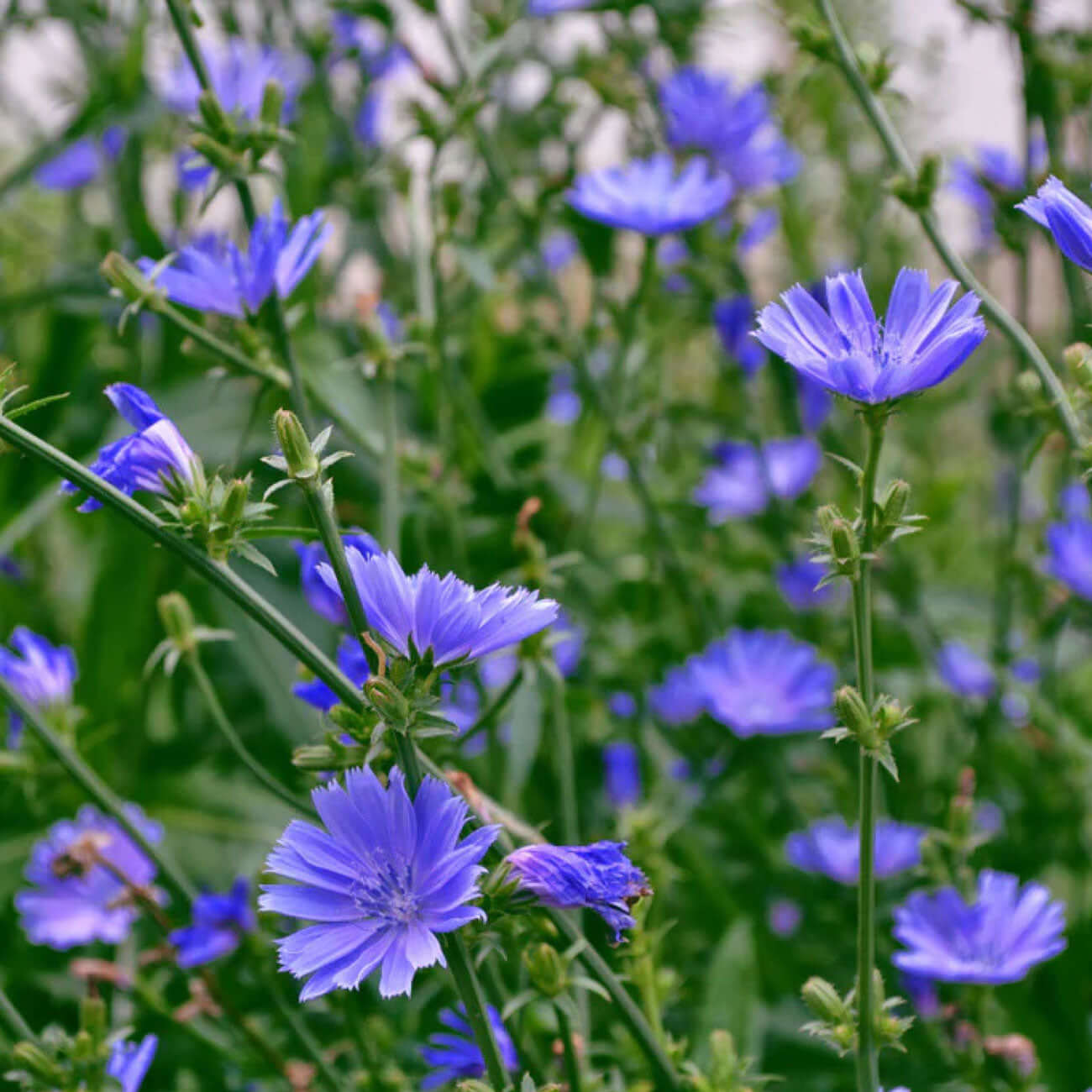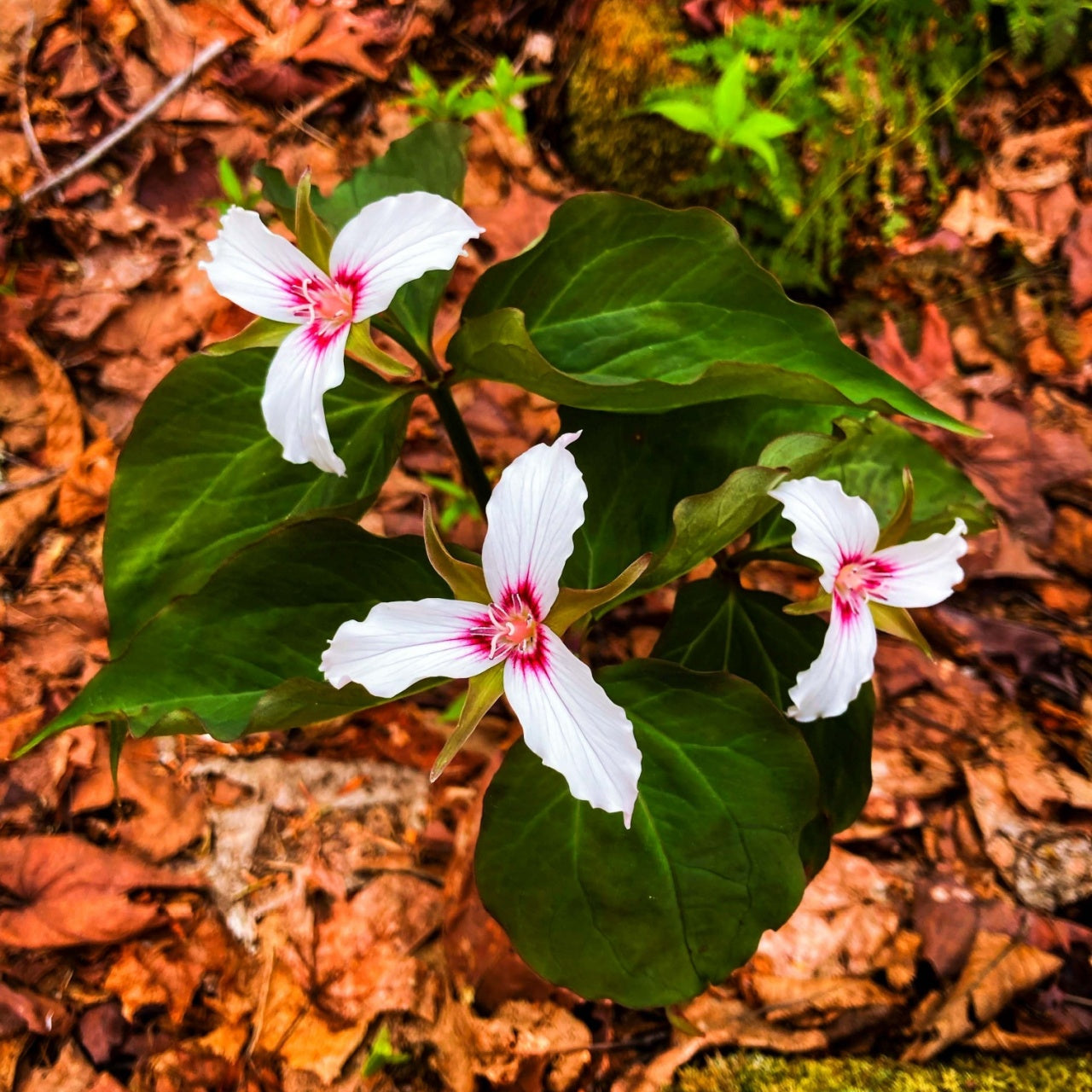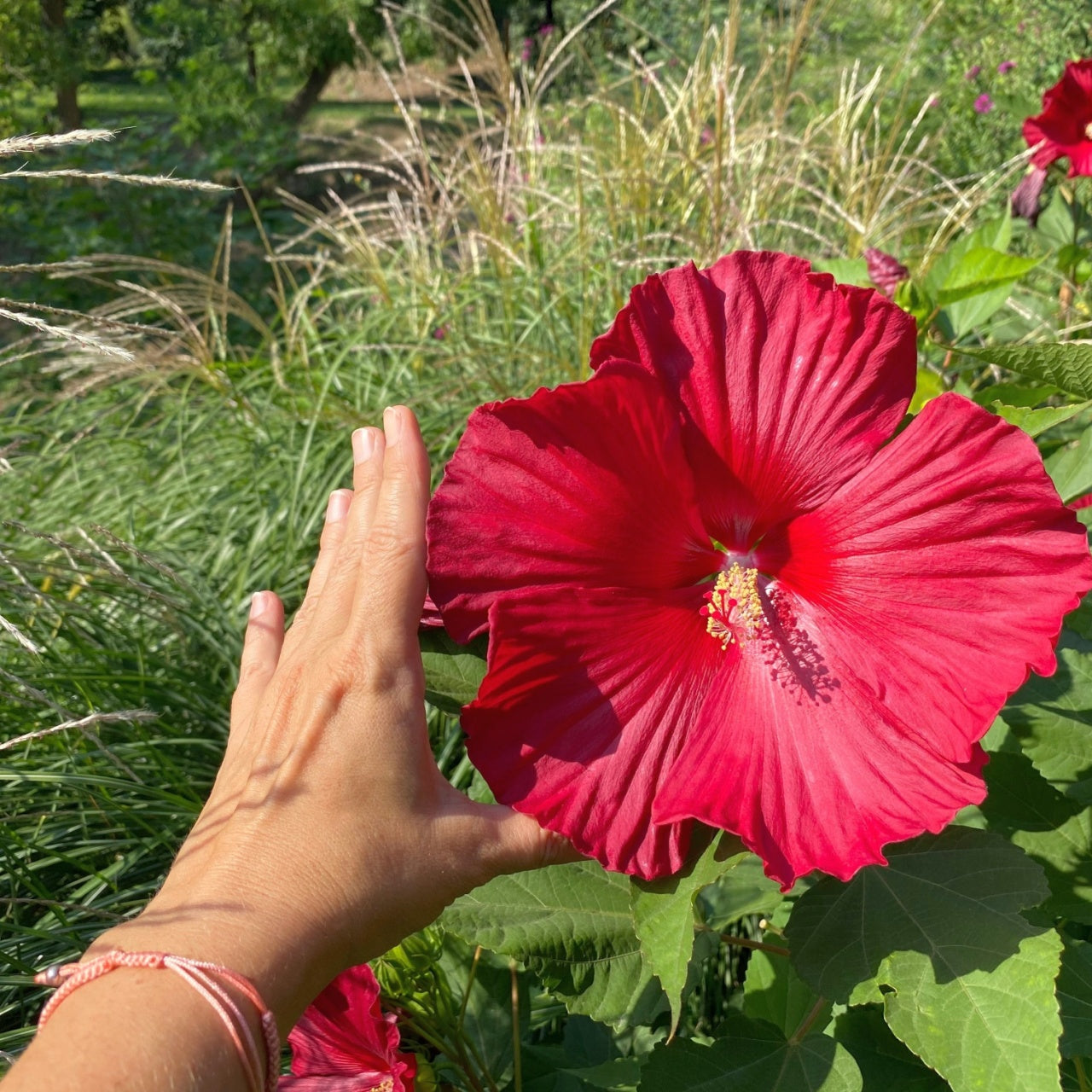Deer Resistant Perennials For Sale - Perfect For Landscapes
Deer-resistant perennials are a good solution if deer are brazenly snacking in your yard as if it's their salad bar. This frustrating problem isn't uncommon for people who live in stag-heavy areas, as deer eat up to 8% of their total weight in vegetation daily. Fortunately, they discriminate regarding what they consume, and we know how to turn them away from your garden. Deer are herbivores and feast on various flowers, fruits, and vegetables.
For this reason, they are usually attracted to gardens or backyards with food, shelter, water, and many fragrant flowers. All these ornamental plants and shrubs should serve as a lust garden sanctuary for you to enjoy, not a meal for local deer. While it can be impossible to make your backyard completely deer-proof, planting deer-resistant perennials will minimize deer damage.
You can maintain a lust green garden filled with beautiful and vibrant flowers with deer-resistant perennial plants. You can choose from flowers with strong scents, fuzzy or aromatic leaves, and spiny textures from Bee Balm to Blood Root Plant. TN Nursery has a variety of deer-resistant shrubs and plants based on your garden design.
Featured Deer-Resistant Perennials
Our carefully selected collection of deer-resistant perennials boasts more than 60 plants with different textures and beautiful blooms. Bee Balm is among the top favorites, featuring vibrant red and pink flowers. While they look stunning in any outdoor space, the citrus notes in the fragrance make it an excellent deer and pest repellent. Plus, this perennial attracts pollinators, promoting biodiversity in your garden.
Next, we have another gardener's favorite, Spigelia Indian Pink. This native wildflower grabs attention due to its tubular red-yellow blooms. This vibrant yet stunning flower also attracts pollinators like hummingbirds while deterring deer. Painted Trillium, Wood Poppy, and Wisteria Vine are among the best options to add elegance to your garden while ensuring no deer feast on your plants and flowers.
Explore our deer-resistant perennial collection to find these shrubs and several other plants in various bloom colors, seasons, and planting zones.
Black-eyed Susan
Among our top-selling perennials in this category are these tall plants that feature cheerful, bright yellow flowers with a black center. The plants are covered in coarse, hairy fibers that keep deer away.
Mayapple
Mayapple is a flowering plant with white umbrella-shaped blooms. Stags dislike their floral solid aroma.
Trumpet Vines
Trumpet vines boast showy red and orange blooms. Their spicy aroma keeps stags away but draws hummingbirds like a magnet.
TN Nursery Offers the Healthiest Deer Resistant Perennials
At TN Nursery, we offer the best options to outsmart stags while giving you a gorgeous landscape. We're glad to have you join the ever-growing group of gardeners who trust us with all their landscaping and gardening needs.


